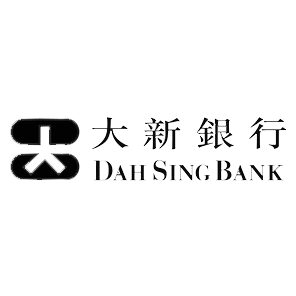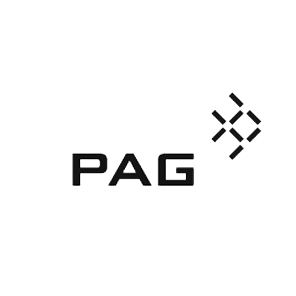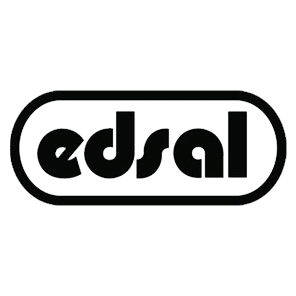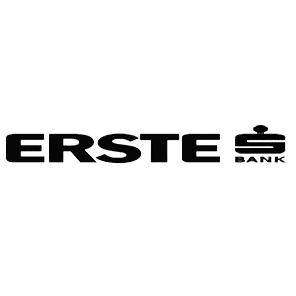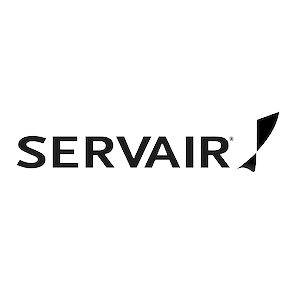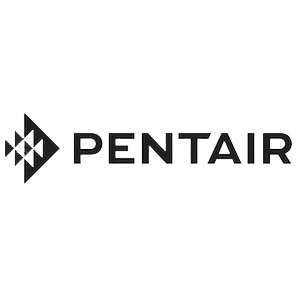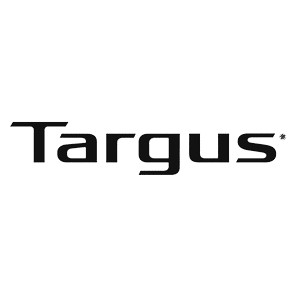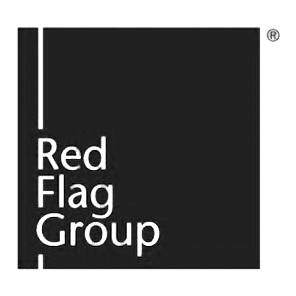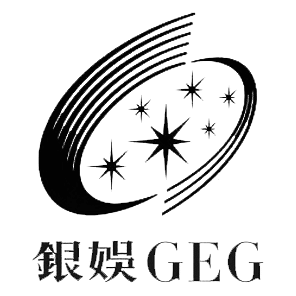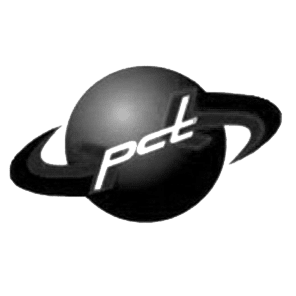DEVELOPMENT PROCESS
Setting up a development structure to a software product is fundamental for carrying out community consensus amongst the many stakeholders of a software development project. It allows to articulate and coordinate a large number of tasks in a collaborative manner. A well-established development process promotes a level of discipline essential to the delivery of a quality product within cost and time constrains. It facilitates the communication of decisions, ensures all elements are being discussed and understood by all, and encourages software parts well documented for easy maintenance.
OUR DEVELOPMENT PROCESS FOR CUSTOM SOFTWARE

REQUIREMENT GATHERING AND ANALYSIS
Our custom software development process begins with a thorough requirement analysis, where we gather insights into your unique needs and objectives. Our expert team collaborates closely with you to define precise specifications, ensuring a solid foundation for crafting tailored software solutions that align perfectly with your business goals.

SOFTWARE DESIGN AND ARCHITECTURE
Leveraging cutting-edge design principles, we meticulously plan the architecture and user interface of your custom software. Our skilled designers create intuitive layouts while considering scalability and usability. This phase involves seamless coordination between design and development teams to guarantee an optimal user experience and efficient functionality.

SOFTWARE DEVELOPMENT AND CODING
Our proficient developers initiate the coding phase, transforming your software's design into a functional reality. Through agile methodologies and best practices, we utilize advanced programming languages and frameworks to build a robust, secure, and high-performance software system, tailored precisely to your requirements.

SOFTWARE TESTING AND QUALITY ASSURANCE
Ensuring top-notch quality, our rigorous testing phase encompasses comprehensive checks for functionality, performance, security, and compatibility. We employ industry-standard testing tools to identify and rectify any issues, guaranteeing that your custom software operates flawlessly across various devices and platforms.

DEPLOYMENT, MAINTENANCE AND SUPPORT
Once thoroughly tested and optimized, your custom software is deployed to your environment, following a seamless transition plan. Our support doesn't end here; we provide ongoing maintenance and updates, ensuring your software remains efficient, secure, and up-to-date, driving long-term success for your business.
Ready to revolutionize your business? Leverage our custom software development services, and experience seamless solutions tailored to your needs.
HOW WE MANAGE PROJECTS
SCRUM / AGILE METHOD
Scrum is an agile project management framework that emphasizes collaboration, flexibility, and iterative development. It involves breaking down complex projects into smaller, manageable tasks called "sprints." Each sprint typically lasts 1-4 weeks and includes planning, daily stand-up meetings, development, testing, and review. The Scrum team, consisting of a product owner, Scrum master, and development team, works together to deliver incremental value at the end of each sprint. The framework promotes adaptability, transparency, and continuous improvement through regular feedback and retrospectives. By embracing Scrum, organizations can enhance productivity, foster teamwork, and respond effectively to changing requirements in a dynamic business environment.
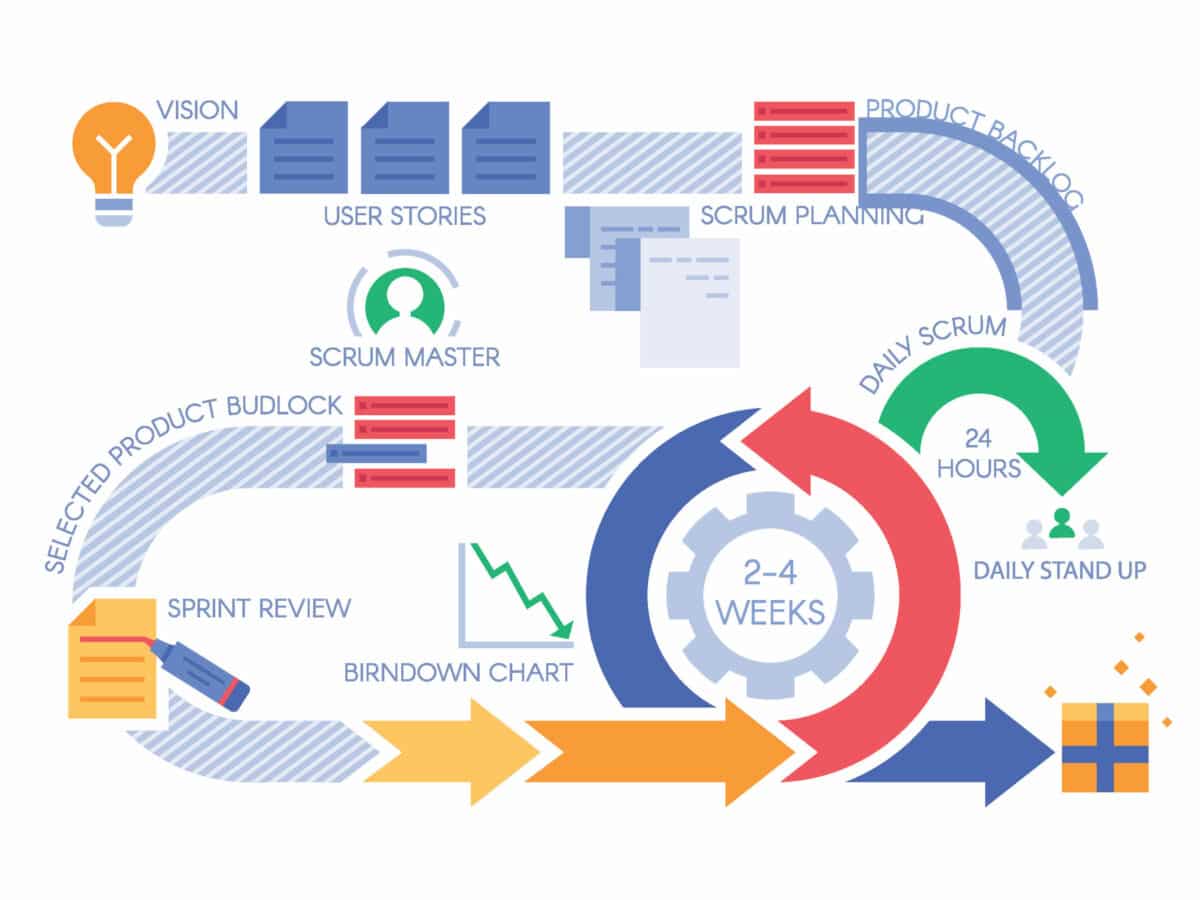
ADVANTAGES OF USING THE AGILE METHODOLOGY FOR CUSTOM SOFTWARE DEVELOPMENT

INCREASED FLEXIBILITY
Agile methodology allows for greater flexibility and adaptability throughout the development process. With Agile, projects are broken down into smaller increments called sprints, allowing teams to adjust priorities and incorporate changes based on client feedback or evolving requirements. This iterative approach promotes collaboration, ensuring that the software aligns with the client's evolving needs. By embracing change and maintaining flexibility, Agile empowers teams to deliver high-quality software that meets client expectations while keeping pace with the dynamic business landscape.

EASY AND CONTINUOUS DELIVERY
Agile promotes the early and continuous delivery of working software. Rather than waiting until the end of the development cycle to present a complete product, Agile emphasizes delivering functional software at regular intervals. This enables clients to provide feedback, validate functionality, and make adjustments throughout the development process. By incorporating frequent iterations and feedback loops, Agile ensures that the software meets user requirements and aligns with business objectives. Early and continuous delivery allows for faster time-to-market, mitigates risks, and enhances customer satisfaction.

COLLABORATION AND TRANSPARENCY
Agile methodology fosters collaboration and transparency among team members, stakeholders, and clients. Cross-functional teams work closely together, promoting open communication, knowledge sharing, and collective problem-solving. Agile practices such as daily stand-up meetings, sprint reviews, and retrospectives encourage regular interaction and transparency. This collaborative environment ensures that all stakeholders have visibility into the project's progress, challenges, and achievements. By fostering effective collaboration and transparency, Agile reduces miscommunication, minimizes risks, and enables teams to deliver software solutions that truly meet client expectations.
































